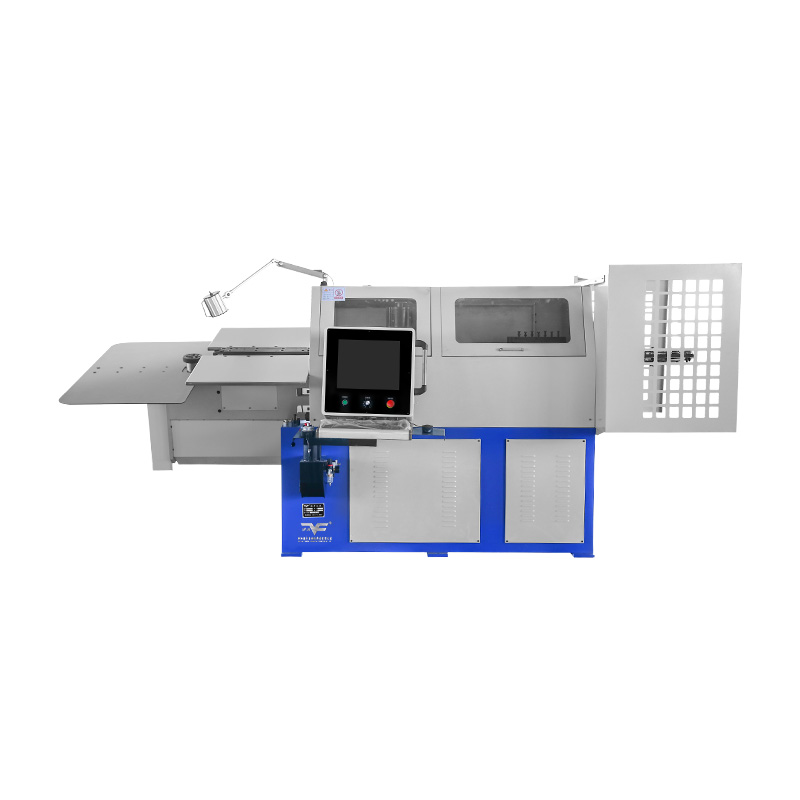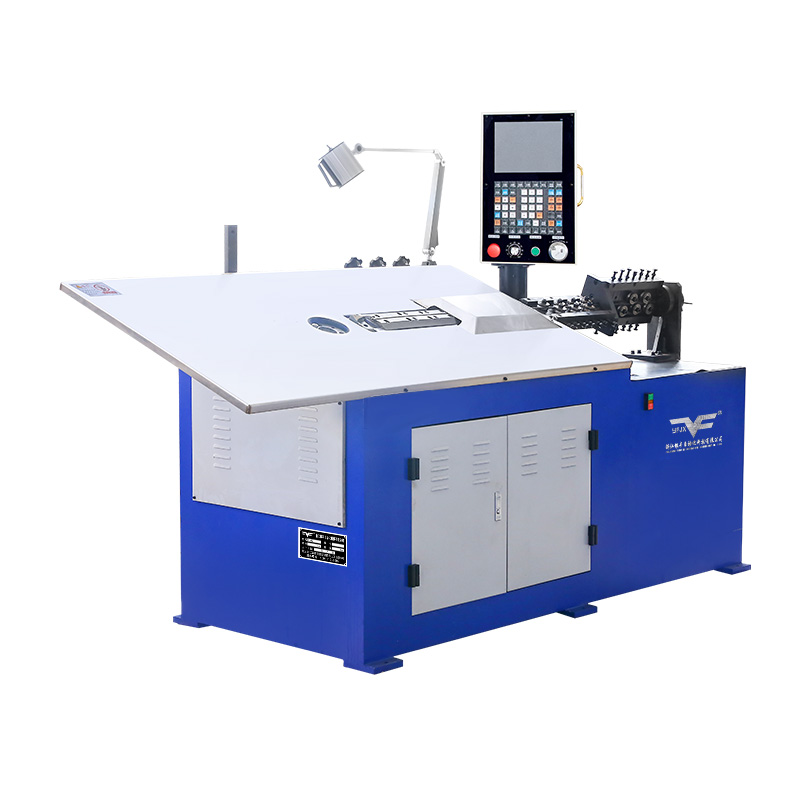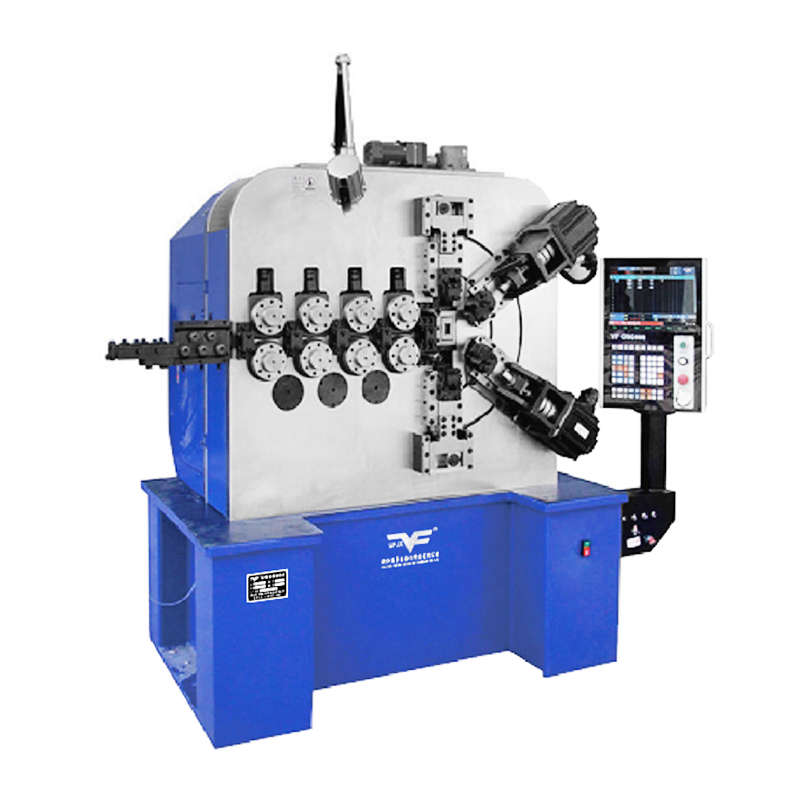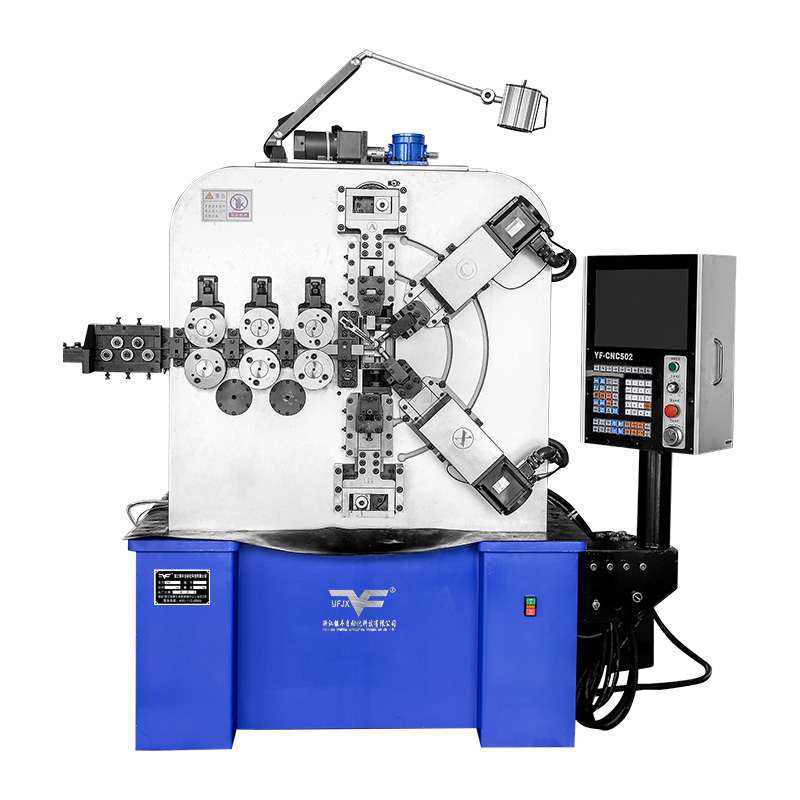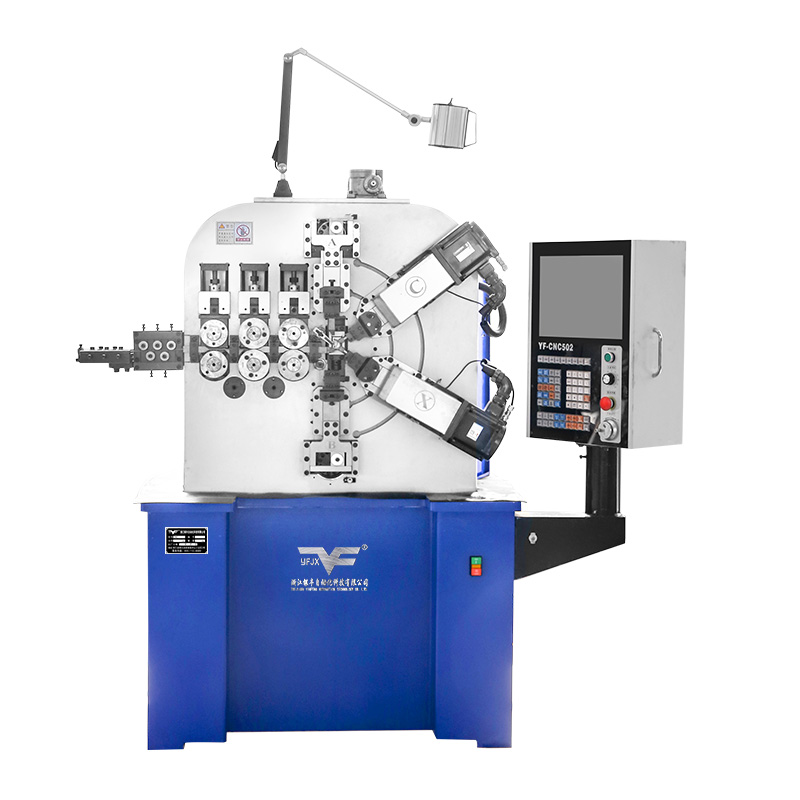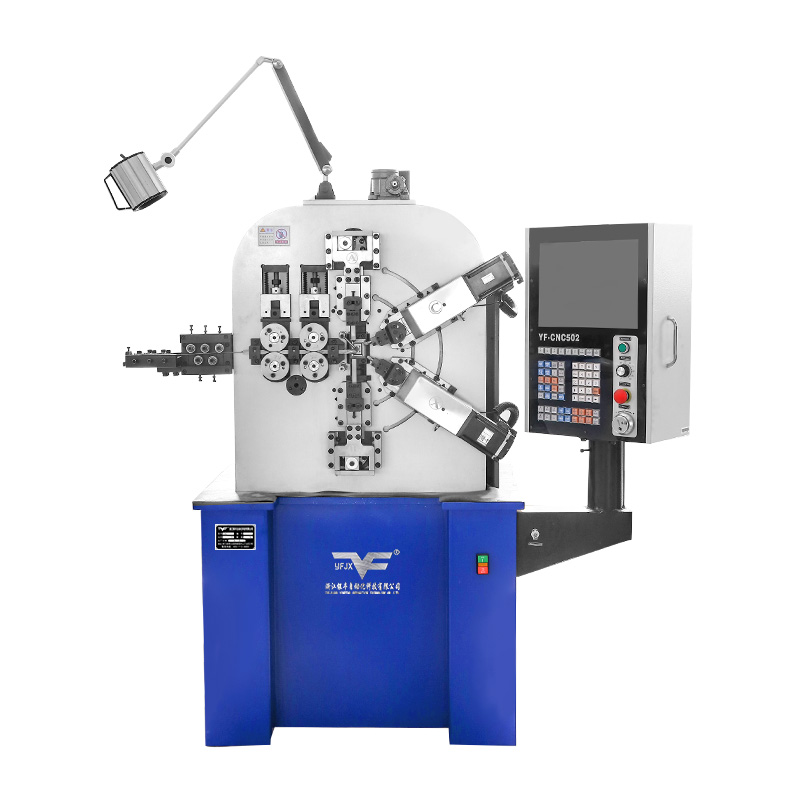CNC Spring Coiler Technology Advances To Support Precision Manufacturing Needs
Industry News-The manufacturing sector has witnessed noticeable changes driven by the advancement of automated machinery. Among these, the CNC spring coiler has played a key role in transforming how wire-based components are produced. The demand for high-precision springs in industries such as electronics, automotive, and mechanical assemblies has contributed to the growing integration of this equipment into production lines. As a result, the modern spring forming machine is evolving alongside digital control systems to meet detailed manufacturing requirements.
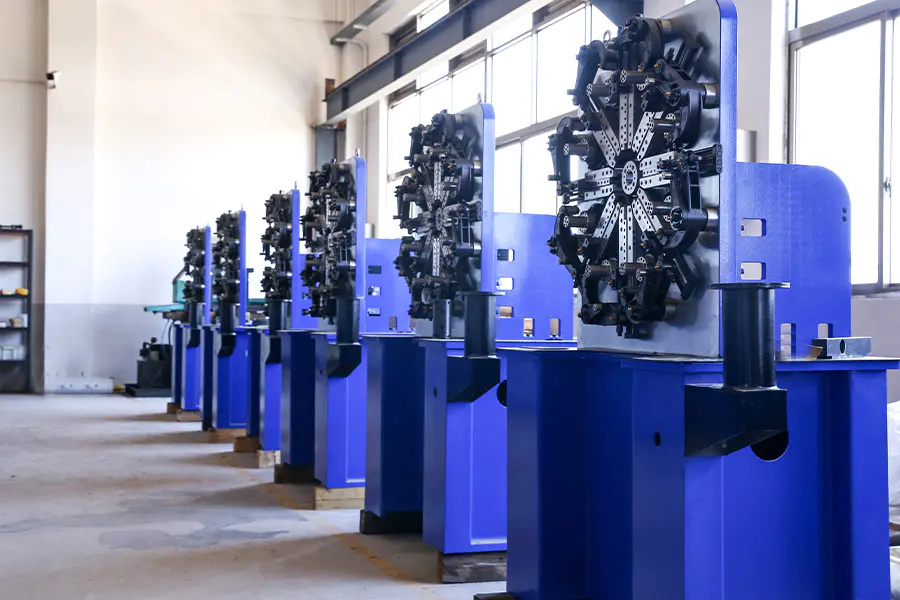
A CNC spring coiler utilizes computer-controlled settings to shape springs with consistent accuracy. This digital integration not only ensures better repeatability but also enables more complex spring geometries to be produced without extensive manual intervention. The ability to quickly adjust production parameters allows manufacturers to respond efficiently to varying batch sizes and design specifications. This flexibility has contributed to the shift away from conventional spring forming setups toward automated systems.
One notable improvement in the spring forming machine is its ability to handle a wider variety of wire materials and diameters. Whether it's stainless steel, copper, or specialized alloys, modern machines can accommodate different material properties with reliable tension and coiling control. This versatility supports a broad range of applications, from torsion and compression springs to shaped wire forms. The integration of sensors and real-time feedback systems has also enhanced the accuracy of each bend and coil.
The increasing demand for customization and reduced production errors has driven manufacturers to adopt more intelligent solutions. A CNC spring coiler equipped with multi-axis control offers better manipulation of wire during the forming process. Compared to manual or semi-automated methods, this level of automation allows for more consistent output and less downtime due to reconfiguration. With growing emphasis on production efficiency, this has become a practical choice for facilities handling a variety of spring designs.
Additionally, the interface of today’s spring forming machine often includes user-friendly programming tools. Operators can input spring dimensions, angle tolerances, and coil parameters through graphical software, reducing the learning curve and simplifying setup procedures. This combination of mechanical precision and digital control strengthens the reliability of the forming process, particularly in high-volume production scenarios.
Another benefit observed with the CNC spring coiler is its capability to integrate into broader manufacturing systems. It can operate alongside feeding systems, measuring tools, and inspection units, contributing to a streamlined workflow. This compatibility allows for better traceability and quality assurance across multiple stages of the production cycle.
Investments in spring forming machine upgrades are not only limited to large-scale factories. Even smaller manufacturers are adopting these systems to stay competitive in markets where precision and delivery timelines are critical. The scalability of the machines allows workshops to tailor production output based on current project demands without overhauling their entire operation.
The evolution of the CNC spring coiler reflects broader trends in smart manufacturing. By combining mechanical engineering with advanced electronics and software, the industry continues to push boundaries in what is possible in spring production. As more businesses adopt these machines, a wider range of industries will benefit from faster turnaround times, enhanced quality control, and reduced material waste.
The modern spring forming machine and CNC spring coiler are becoming key tools in precision-driven manufacturing sectors. Their technological advancements offer flexibility, improved accuracy, and better integration with current production demands. As industries continue to adapt to higher expectations, these machines will remain central to the efficient and reliable creation of wire-formed components.

 English
English русский
русский Español
Español 简体中文
简体中文